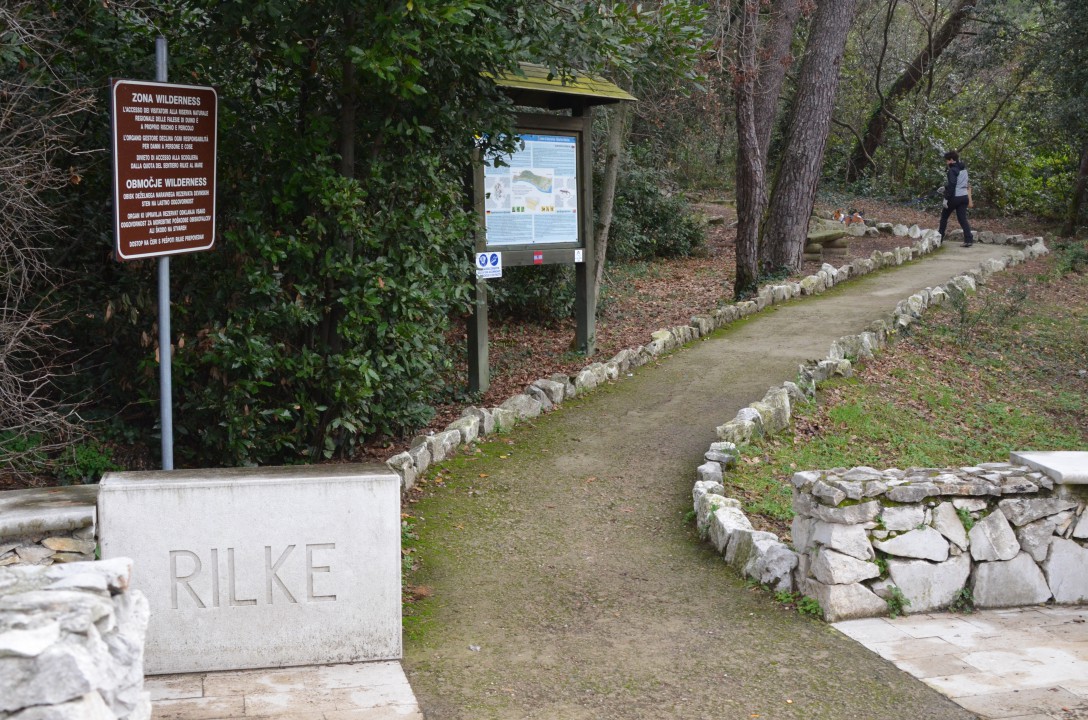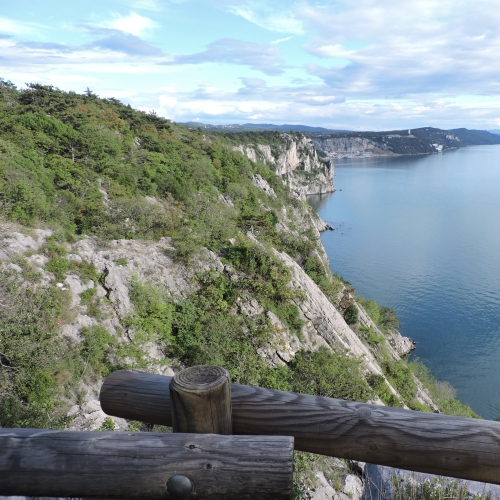
Descrizione
E’ stata istituita con la L.R. n. 42 del 30 settembre 1996. Comprende un’alta e ripida costiera calcarea, una fascia ristretta dell’altipiano carsico e la fascia di mare antistante per una superficie di 107 ettari. Di notevole valore sono anche gli aspetti paesaggistici: la bianca roccia calcarea è protagonista della Riserva, sia come singoli torrioni lungo la costa, sia come gli affioramenti rocciosi lungo il ciglione, ben modellati da fenomeni di carsismo di superficie come, per esempio, le scannellature. Lungo il ciglione delle Falesie, tra il Castello nuovo di Duino e la baia di Sistiana, costeggiando resti delle postazioni militari, si snoda il sentiero Rilke, inaugurato nel 1987, dal quale si può ammirare il vasto panorama sul golfo di Trieste, da Grado fino a Punta Salvore in Croazia. Oggi il sentiero non è totalmente percorribile per motivi di sicurezza aparte i tratti iniziali da Sistiana e da Duino. La falesia è coperta da cespugli di macchia mediterranea a leccio, terebinto, fillirea, edera spinosa assieme al carpino nero e da vegetazione rupicola e dei ghiaioni con salvia, campanula piramidale e da un endemismo isolato a questo sito, la Centaurea kartschiana o fiordaliso del Carso. Sulle pareti nidifica il falco pellegrino, il passero solitario e l’occhiocotto. Il simbolo della riserva è una lucertola l’algiroide magnifico, di colore bruno scuro con delle macchie nere, la gola azzurra e il ventre rosso. Una curiosità veramente inaspettata sarà quella di avvistare alcuni camosci sulle vicine pendici meridionali del Monte Ermada.

